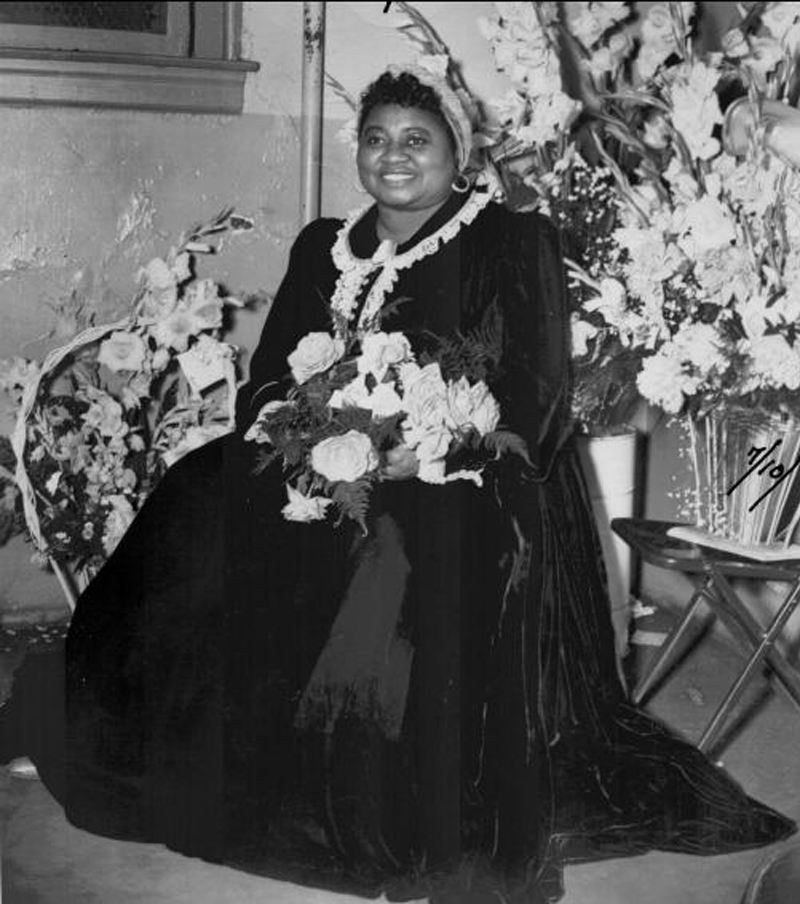By Leon Worden | July 24, 1996
The recent church burnings throughout the South are grim reminders of a period in Los Angeles history that most would rather forget.
The first half of this century was a sad time for many Angelenos. Black-owned businesses were torched. Blacks couldn't use most beaches or public swimming pools, let alone compete with whites for high-paying jobs. It wasn't until the mid-1950s that the courts finally struck down restrictive covenants that prevented blacks from owning real estate in certain areas of Los Angeles.
For many, the only opportunity for recreation or self expression came in a weekend jaunt to a part of the Santa Clarita Valley that provided refuge from the big city.
In the mid-1920s, a group of black Los Angeles professionals headed by insurance man Norman O. Houston and newspaper publisher Charlotta Bass came upon a 30-acre tract known as Eureka, nestled in the rolling hills west of Castaic Junction between Hasley Canyon and the Santa Clara River.
Originally called Val Verde ("green valley") when Spanish settlers established a short-lived boom town around a gold strike there in the 1800s, Eureka seemed the perfect spot for a resort community where blacks could come to picnic and ride horses and dine in peace.

Academy Award winner Hattie McDaniel |
Actress Hattie McDaniel and other black celebrities attended the dedication ceremonies. The park became a community gathering place. Children played ball by day, while teenagers danced in the clubhouse at night. The town celebrated the Fourth of July in grand style with a parade and fireworks.
Val Verde sent its boys off to war in the 1940s. In the 1950s, the town selected a "Miss Val Verde," while James Earl Jones raised thoroughbred horses on a ranch nearby.
The civil rights revolution of the 1960s created new opportunities for blacks in Los Angeles and changed the face of Val Verde forever. People who had used Val Verde as a weekend or summer retreat now established neighborhoods where they had not previously felt at home. Val Verde lost much of its special raison d'etre.
But even as its pace slowed and its racial makeup changed, Val Verde retained a sense of community that rivals any other in the Santa Clarita Valley. Now-old-timers like Elijah and Miriam Canty welcomed newcomers to Val Verde's "family" in the 1960s and 1970s — mostly working class Latinos, a bevy of CalArts alums and others who sought to escape the hustle-bustle of Los Angeles for their own reasons.
Rarely does Val Verde make the news anymore, except when the tight-knit community is threatened by outside forces. The efforts of civic leaders like Merry Farmer and Lewis Berti to thwart the expansion of the nearby Chiquita Canyon Landfill are heralded by many as a valiant struggle to preserve the unspoiled rural atmosphere and lifestyle that still exist in Val Verde.
Standing in Val Verde Park on a Sunday afternoon, surrounded by oak-studded hills with hawks circling overhead and owls hooting somewhere in the distance, it is easy to forget that 170,000 people live in the valley below.
If you listen closely as a summer breeze whips through the dense thicket of shade trees that cool the park even in late July, you can almost hear the echoes of the professional singers and bands that filled the air with music in years gone by.
On weekdays, those imaginary sounds are drowned out by the very real noises of construction as Val Verde Park undergoes restoration. The rebuilt pool, dedicated last week by Supervisor Mike Antonovich in a ceremony punctuated with a surprise appearance by football great Jim Brown, is just the latest in a series of plans being set into motion to recapture the magic of Val Verde.
The key to Val Verde's future is its youth, and this summer will be a busy one for them. Shane Coleman's "Music Channel" will offer valuable hands-on training in business to Val Verde's teenagers when it recruits them to run the mixing boards and provide security at a concert featuring major headliners next month. In September they'll learn to do demo work when an arts exchange group from Berlin, Germany comes to Val Verde to record an album with the local talent.
Val Verde is all set to become a "happening" place again.
Leon Worden is a Santa Clarita resident.
©1996 LEON WORDEN — ALL RIGHTS RESERVED

